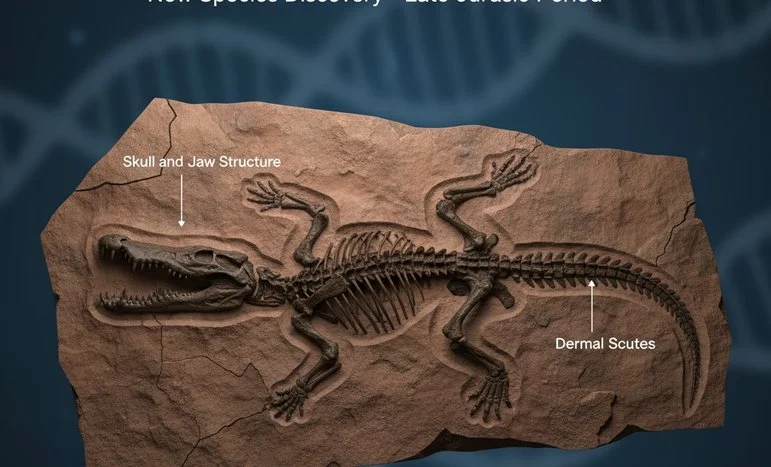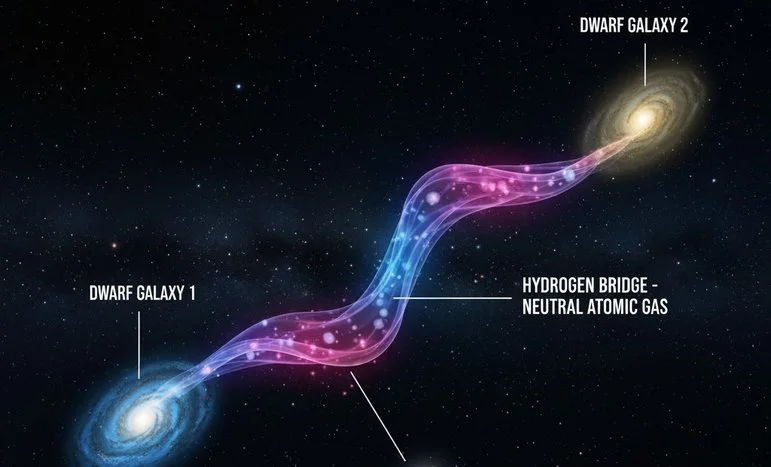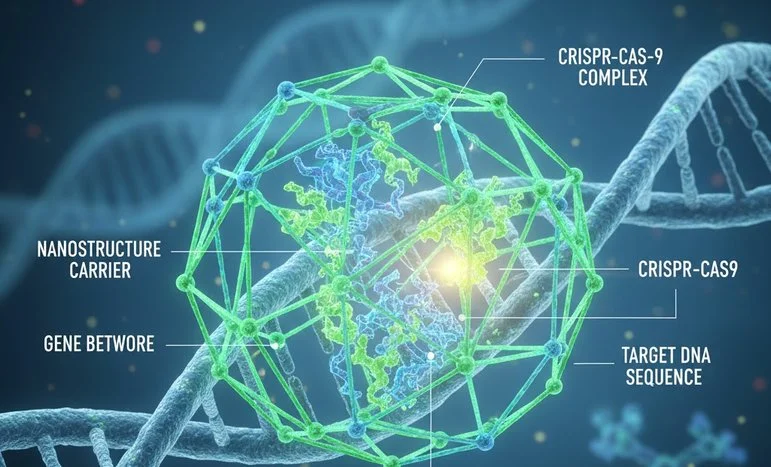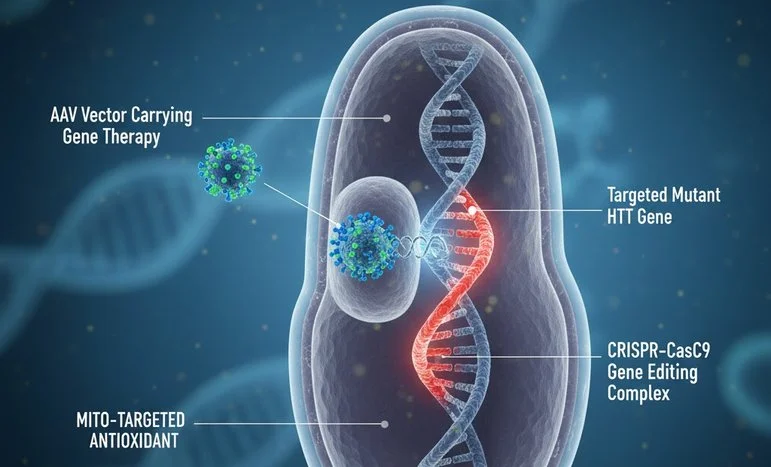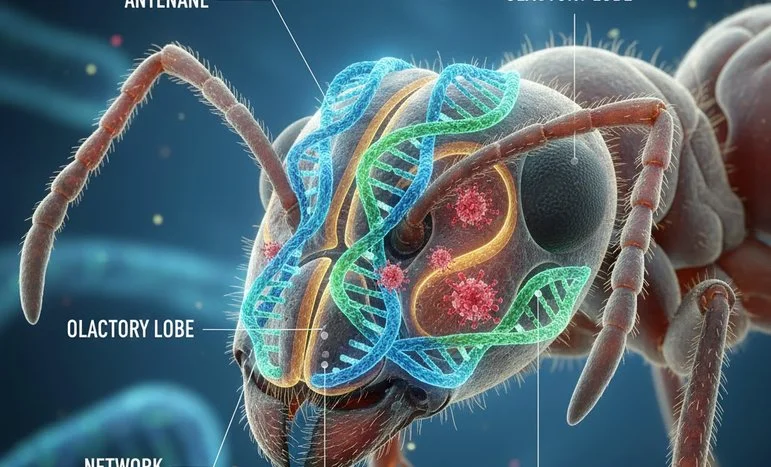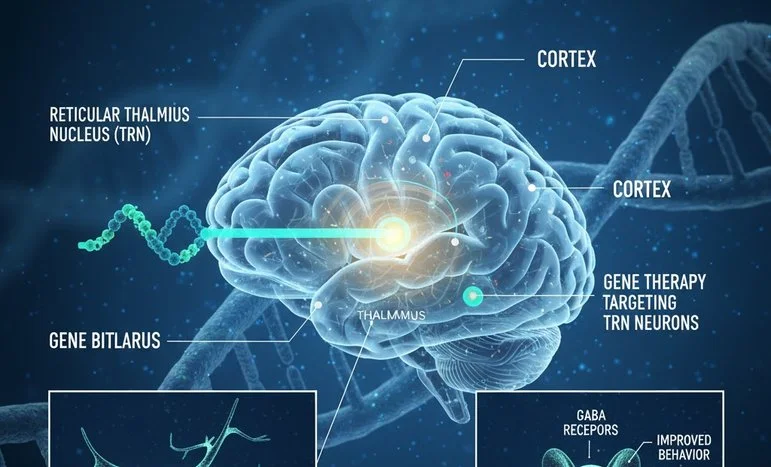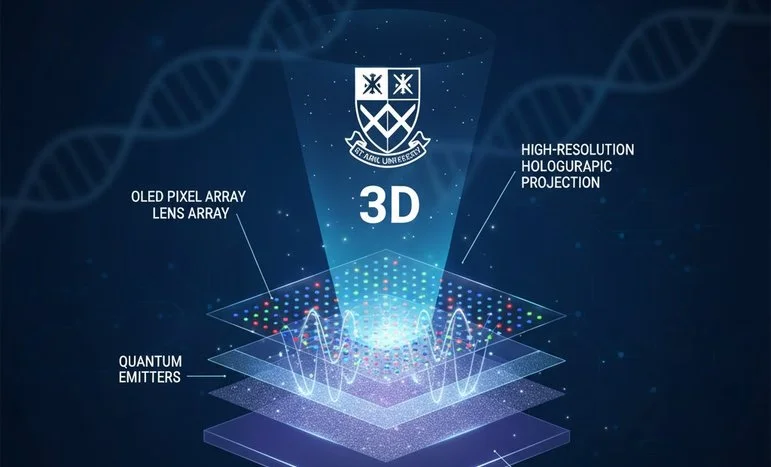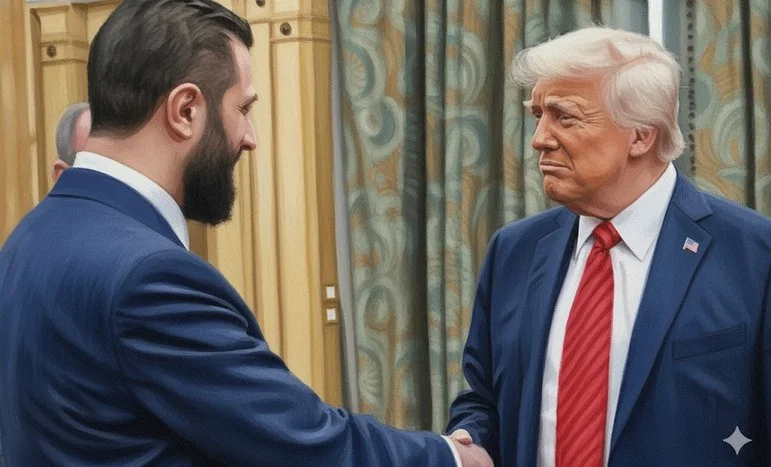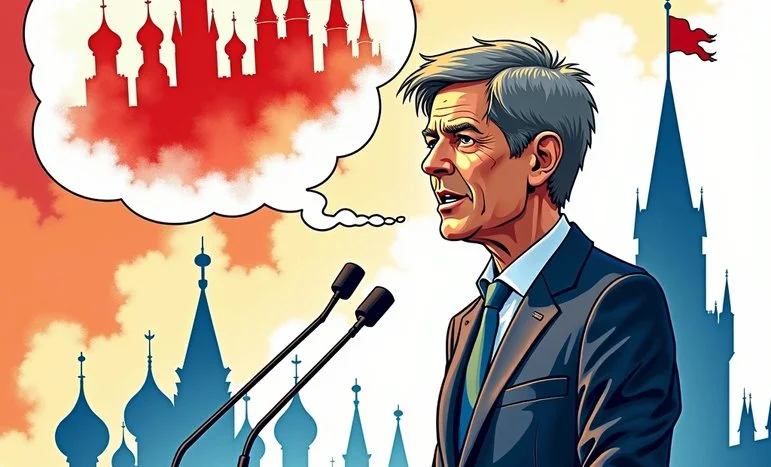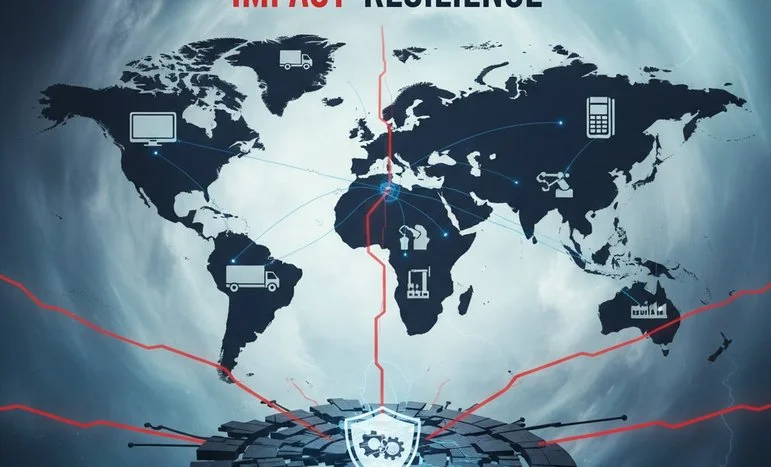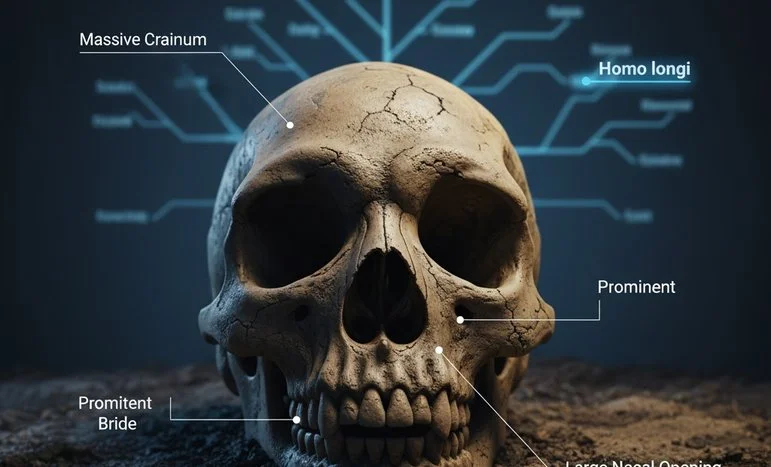
Homo Longi Discovery May Redefine Human Origins
The Homo Longi Discovery: A Window into Deep Human History
A recent discovery in northeastern China has reignited one of science’s most profound debates — the origins of Homo sapiens. A 1-million-year-old skull, potentially belonging to the Homo longi lineage, may push back the evolutionary clock of modern humans by hundreds of thousands of years. This finding, if verified, could challenge long-held assumptions about where, when, and how our species emerged.
Scientists have described the fossil as remarkably well-preserved — featuring a massive cranium, thick brow ridges, and an enlarged brain cavity. These characteristics blend both primitive and modern traits, making the Homo longi discovery a bridge between ancient hominins and early humans.
Redefining the Evolutionary Timeline
Until now, most paleoanthropologists believed that modern humans evolved around 300,000 years ago in Africa, gradually spreading across the world through waves of migration. But the Homo longi discovery suggests that advanced human-like species may have existed much earlier in East Asia — and that the evolutionary web may be more complex than the familiar “Out of Africa” model implies.
If Homo longi is confirmed as a distinct lineage, it may indicate that East Asia was not just a recipient of migrating hominins, but a parallel cradle of human evolution. This idea could fundamentally reshape the narrative of humanity’s global emergence — from a singular African genesis to a multi-regional evolution enriched by crossbreeding and adaptation.
The Dragon Man and the Mystery of the Human Family Tree
The term “Dragon Man,” inspired by the fossil’s Chinese name Long ji ren (龙吉人), carries both cultural and scientific weight. The fossil’s massive skull size — capable of housing a brain nearly equivalent to modern humans — hints at intelligence and social complexity. Yet its robust structure suggests it thrived in harsh Ice Age environments, relying on resilience as much as cognition.
Homo longi might share ancestry with the enigmatic Denisovans, a close cousin of Neanderthals who interbred with ancient humans. Genetic traces of Denisovans are still found in modern Asian and Oceanic populations, hinting that ancient human lineages in East Asia were far from extinct — they live on in us.
Caution in Rewriting Human History
As exciting as the Homo longi discovery is, it demands scientific caution. Paleoanthropology often struggles with incomplete evidence — isolated fossils, ambiguous datings, and limited genetic samples. Each discovery is a fragment, not the whole story.
There have been several instances where bold claims were later softened by new data. The Piltdown Man hoax of the early 20th century is a haunting reminder of how human eagerness to “find the missing link” can distort objectivity. Similarly, recent debates over the Homo floresiensis (“Hobbit”) fossils in Indonesia show how interpretation can vary dramatically among experts.
Thus, while the Homo longi skull might shift timelines and theories, its true significance will only emerge after extensive peer review, genetic analysis, and cross-referencing with existing fossil records.
The Role of China in Paleoanthropology’s Next Chapter
China has quietly become a global center for paleoanthropological research, unearthing fossils that challenge Western-centric evolutionary frameworks. Finds like the Peking Man, Jinniushan Woman, and now Homo longi illustrate how East Asia’s ancient environment served as both a refuge and an innovation hub for early hominins.
In recent years, Chinese scientists have invested heavily in high-precision dating techniques, 3D cranial reconstruction, and DNA extraction from fossil remains. This scientific independence allows for fresh interpretations — though it also raises the question of how open the findings will be to international scrutiny.
The Homo longi skull could symbolize not just a new species, but also a new scientific era — one where the story of humanity becomes more global, multi-perspective, and inclusive.
Philosophical Reflections on Human Origins
The possibility that humans evolved in multiple regions simultaneously raises profound questions about identity, diversity, and destiny. If multiple human species coexisted and interbred, then our evolutionary story is one of convergence — not competition. It’s a tale of cooperation and shared survival rather than a race toward dominance.
Yet, this interconnectedness also challenges traditional narratives of human uniqueness. If Homo longi, Neanderthals, and Denisovans all displayed intelligence, art, and empathy, then what truly makes us human? The discovery compels us to rethink consciousness as a continuum, not a binary trait.
Ethical Dimensions of Ancient Discovery
Fossil research, while illuminating, also carries ethical dimensions. Questions arise about ownership, preservation, and national pride. Who “owns” a fossil — the state, the scientific community, or humanity as a whole? The Homo longi find, discovered amid political and academic sensitivities, might spark debates over transparency and data sharing.
Moreover, the interpretation of ancient human fossils must avoid racial or cultural bias. History has shown how easily anthropological findings can be twisted to justify hierarchies or nationalism. True science must rise above such misuse, viewing every hominin fossil not as a symbol of difference, but as a shared chapter in our collective origin story.
Caution: The Need for Evidence Over Excitement
Scientific discovery thrives on skepticism. The excitement surrounding Homo longi must not eclipse rigorous verification. DNA sequencing, comparative analysis with African fossils, and environmental context are crucial to avoid premature conclusions.
As the old saying goes in anthropology: “Fossils whisper, they do not shout.” Their stories emerge slowly — through collaboration, debate, and patience. Only through global cooperation can we ensure that the Homo longi discovery enriches our understanding rather than dividing it.
A Humble Reminder from the Past
In the end, the Homo longi skull is not just a relic — it is a mirror. It reminds us that human evolution is a story of resilience, migration, and adaptation. Whether in Africa, Asia, or elsewhere, every ancestor fought for survival, learned to cooperate, and left traces of wisdom for us to rediscover.
Our task today is to honor that legacy — not by claiming supremacy, but by preserving truth. In the quest to understand where we come from, humility is the highest form of intelligence.
🧭 Final Reflection
The Homo longi discovery could rewrite human evolutionary history — but such rewriting must come from evidence, not enthusiasm. As we look at this 1-million-year-old skull, we must remember: science advances not by grand claims, but by cautious understanding. The deeper we dig into the past, the more we find that humanity’s greatest trait is not dominance — but curiosity tempered by wisdom.
We appreciate that not everyone can afford to pay for Views right now. That’s why we choose to keep our journalism open for everyone. If this is you, please continue to read for free.
But if you can, can we count on your support at this perilous time? Here are three good reasons to make the choice to fund us today.
1. Our quality, investigative journalism is a scrutinising force.
2. We are independent and have no billionaire owner controlling what we do, so your money directly powers our reporting.
3. It doesn’t cost much, and takes less time than it took to read this message.
Choose to support open, independent journalism on a monthly basis. Thank you.
